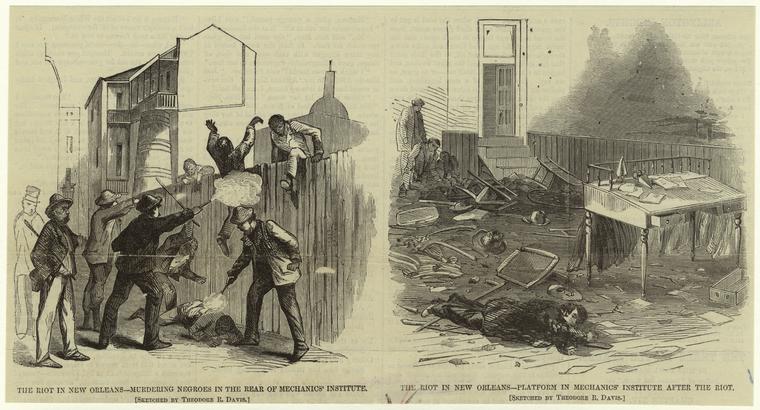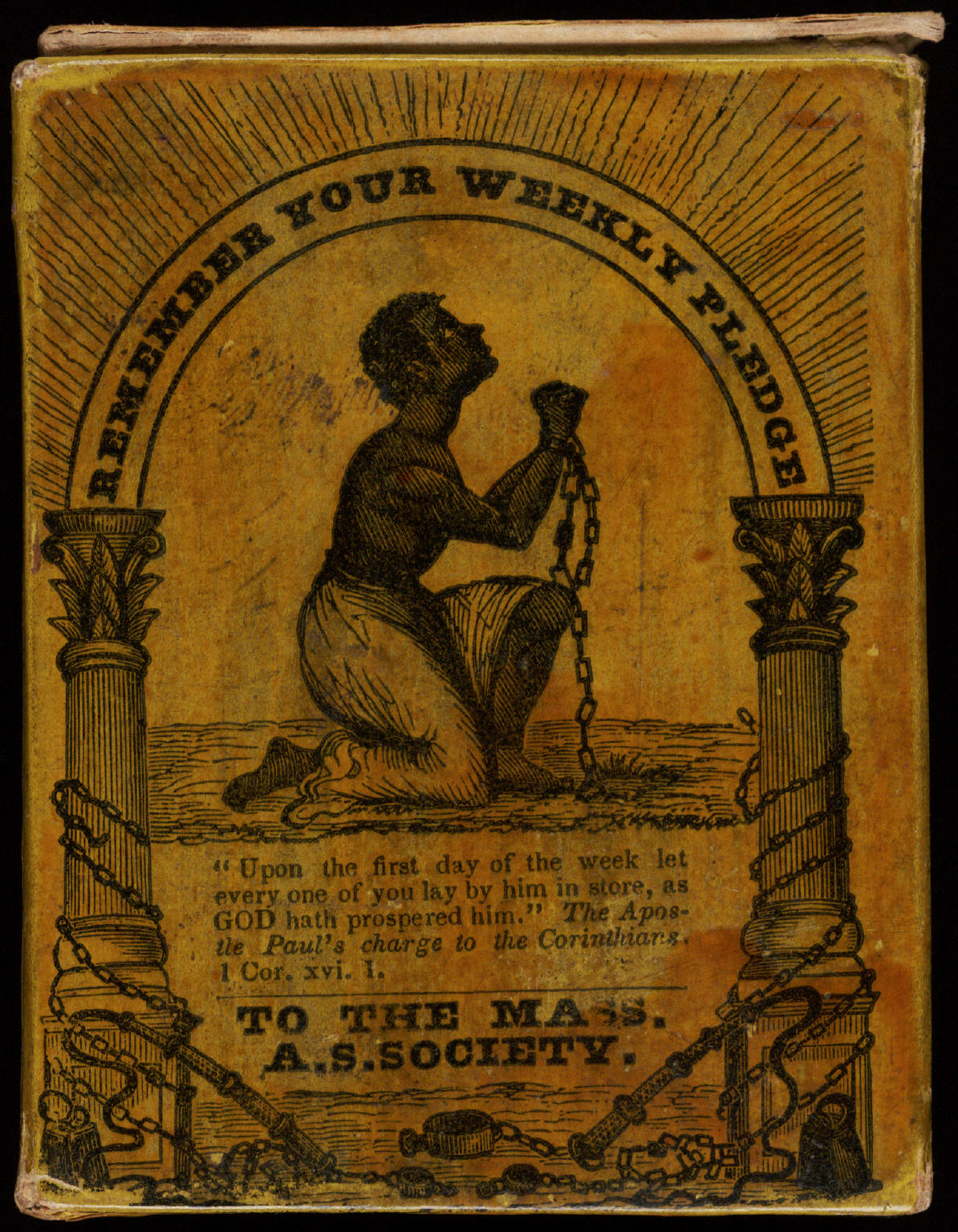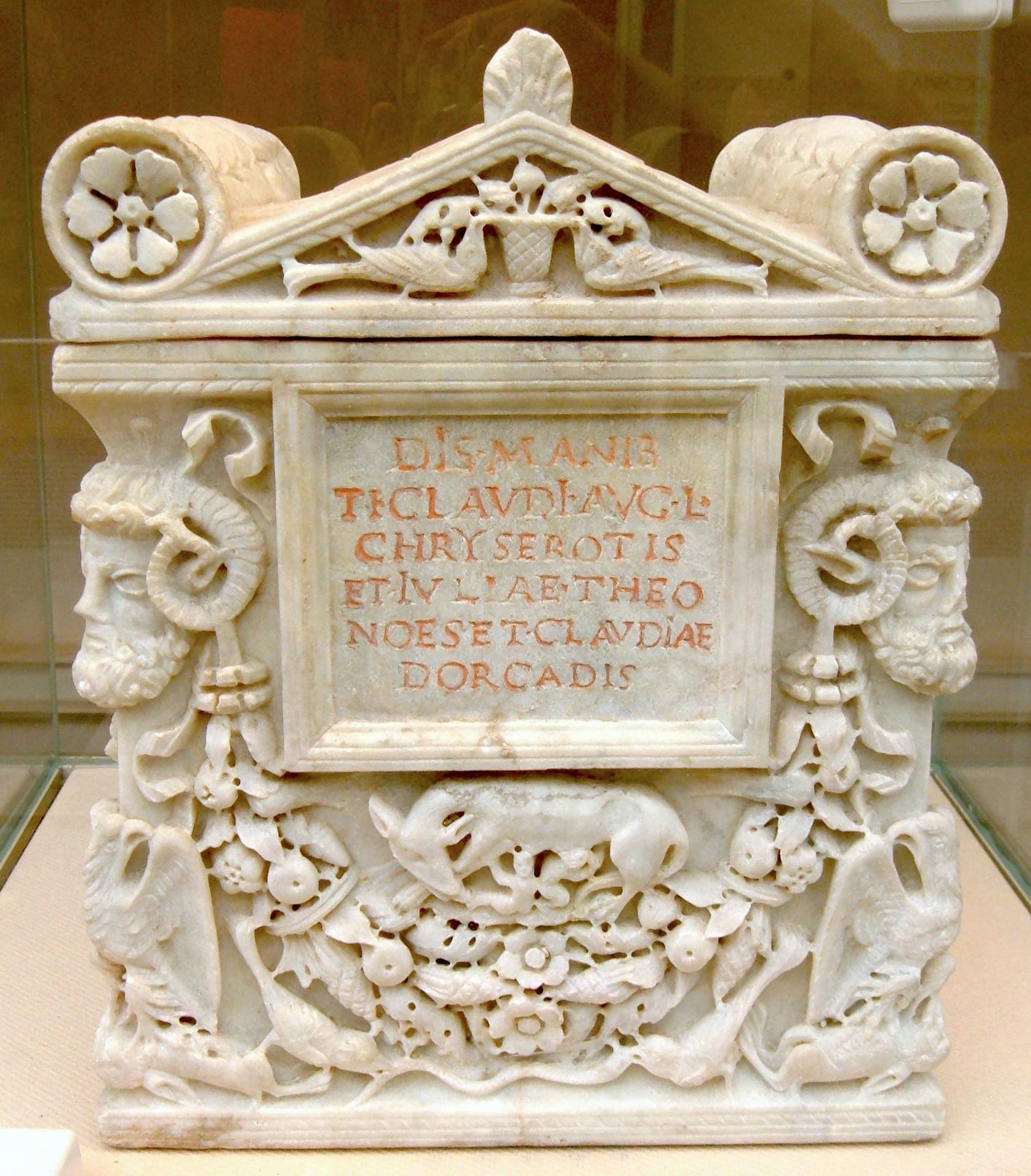|
New Orleans Riot
The New Orleans Massacre of 1866 occurred on July 30, when a peaceful demonstration of mostly Black Freedmen was set upon by a mob of white rioters, many of whom had been soldiers of the recently defeated Confederate States of America, leading to a full-scale massacre. The violence erupted outside the Mechanics Institute, site of a reconvened Louisiana Constitutional Convention. The Republican Party of Louisiana had called for the Convention, as they were angered by the legislature's enactment of the Black Codes and refusal to extend voting rights to Black men. White Democrats considered the reconvened convention to be illegal and were hostile towards Republican attempts to gain increased political power in the state. The massacre "stemmed from deeply rooted political, social, and economic causes,"Vandal (1984), p. 137. and took place in part because of the battle "between two opposing factions for power and office." According to the official report, a total of 38 were killed ... [...More Info...] [...Related Items...] OR: [Wikipedia] [Google] [Baidu] |
Reconstruction Era
The Reconstruction era was a period in History of the United States, American history following the American Civil War (1861–1865) and lasting until approximately the Compromise of 1877. During Reconstruction, attempts were made to rebuild the country after the bloody Civil War, bring the former Confederate States of America, Confederate states back into the United States, and to redress the political, social, and economic legacies of slavery. During the era, United States Congress, Congress Abolitionism in the United States, abolished slavery, ended the remnants of Secession in the United States, Confederate secession in the Southern United States, South, and passed the Thirteenth Amendment to the United States Constitution, 13th, Fourteenth Amendment to the United States Constitution, 14th, and Fifteenth Amendment to the United States Constitution, 15th Amendments to the Constitution (the Reconstruction Amendments) ostensibly guaranteeing the newly freed slaves (Freedma ... [...More Info...] [...Related Items...] OR: [Wikipedia] [Google] [Baidu] |
List Of Mayors Of New Orleans
The post of Mayor of the City of New Orleans (french: Maire de La Nouvelle-Orléans) has been held by the following individuals since New Orleans came under American administration following the Louisiana Purchase — the acquisition by the U.S. of of the French province '' La Louisiane'' in 1803. In mayoral elections since 1930, New Orleans has used a two-round system with a preliminary round and a runoff if no candidate reached a majority in the first round. List All mayors of New Orleans since 1872 have been Democrats. Acting military mayors during the Civil War and Reconstruction The following are the Union Army-appointed acting military mayors that served during the military's occupation of the city during the American Civil War and the Reconstruction era: See also * New Orleans mayoral elections * Timeline of New Orleans References * * {{New Orleans New Orleans mayors In many countries, a mayor is the highest-ranking official in a municipal governmen ... [...More Info...] [...Related Items...] OR: [Wikipedia] [Google] [Baidu] |
Michael Hahn
George Michael Decker Hahn (November 24, 1830 – March 15, 1886), was an attorney, politician, publisher and planter in New Orleans, Louisiana. He served twice in Congress during two widely separated periods, elected first as a Unionist Democratic Congressman in 1862, as a Republican to the U.S. Senate in 1865, and later as a Republican to the U.S. House of Representatives in 1884. He was elected as the 19th Governor of Louisiana, serving from 1864 to 1865 during the American Civil War, when the state was occupied by Union troops. He was the first German-born governor in the United States, and is also claimed as the first ethnic Jewish governor. By that time he was a practicing Episcopalian. In 1865, Hahn was elected to the U.S. Senate, but Radical Republicans refused to allow him and other Southerners to be seated. Later he was elected for several terms as a Republican to the state House during the Reconstruction era, where he was also elected as Speaker. Hahn was active as ... [...More Info...] [...Related Items...] OR: [Wikipedia] [Google] [Baidu] |
Governor Of Louisiana
A governor is an administrative leader and head of a polity or political region, ranking under the head of state and in some cases, such as governors-general, as the head of state's official representative. Depending on the type of political region or polity, a ''governor'' may be either appointed or elected, and the governor's powers can vary significantly, depending on the public laws in place locally. The adjective pertaining to a governor is gubernatorial, from the Latin root ''gubernare''. Ancient empires Pre-Roman empires Though the legal and administrative framework of provinces, each administrated by a governor, was created by the Romans, the term ''governor'' has been a convenient term for historians to describe similar systems in antiquity. Indeed, many regions of the pre-Roman antiquity were ultimately replaced by Roman 'standardized' provincial governments after their conquest by Rome. Plato used the metaphor of turning the Ship of State with a rudder; the Lati ... [...More Info...] [...Related Items...] OR: [Wikipedia] [Google] [Baidu] |
Anthony Paul Dostie
Anthony Paul Dostie (1821–1866) was a dentist and civil rights advocate who was killed in the New Orleans massacre of 1866. A book about his life was published in 1868 as ''The Life of A.P. Dostie'' or ''The Conflict in New Orleans'' by his daughter Emily Hazen Reed. It is illustrated with an engraving of Dostie by Augustus Robin of New York. Dostie was born in Saratoga County Saratoga County is a county in the U.S. state of New York, and is the fastest-growing county in Upstate New York. As of the 2020 U.S. census, the county's population was enumerated at 235,509, representing a 7.2% increase from the 2010 popu ..., New York. References {{DEFAULTSORT:Dostie, Anthony American dentists American civil rights activists 1821 births 1866 deaths 19th-century dentists Assassinated American civil rights activists ... [...More Info...] [...Related Items...] OR: [Wikipedia] [Google] [Baidu] |
Abolitionism In The United States
In the United States, abolitionism, the movement that sought to end slavery in the United States, slavery in the country, was active from the late Colonial history of the United States, colonial era until the American Civil War, the end of which brought about the abolition of American slavery through the Thirteenth Amendment to the United States Constitution (ratified 1865). The anti-slavery movement originated during the Age of Enlightenment, focused on ending the trans-Atlantic slave trade. In Colonial America, a few German Quakers issued the 1688 Germantown Quaker Petition Against Slavery, which marks the beginning of the American abolitionist movement. Before the American Revolutionary War, Revolutionary War, Evangelicalism in the United States, evangelical colonists were the primary advocates for the opposition to Slavery in the colonial United States, slavery and the slave trade, doing so on humanitarian grounds. James Oglethorpe, the founder of the Province of Georgia, c ... [...More Info...] [...Related Items...] OR: [Wikipedia] [Google] [Baidu] |
Freedmen
A freedman or freedwoman is a formerly enslaved person who has been released from slavery, usually by legal means. Historically, enslaved people were freed by manumission (granted freedom by their captor-owners), abolitionism, emancipation (granted freedom as part of a larger group), or self-purchase. A fugitive slave is a person who escaped enslavement by fleeing. Ancient Rome Rome differed from Greek city-states in allowing freed slaves to become Plebs, plebeian citizens. The act of freeing a slave was called ''manumissio'', from ''manus'', "hand" (in the sense of holding or possessing something), and ''missio'', the act of releasing. After manumission, a slave who had belonged to a Roman citizen enjoyed not only passive freedom from ownership, but active political freedom ''(libertas)'', including the right to vote. A slave who had acquired ''libertas'' was known as a ''libertus'' ("freed person", grammatical gender, feminine ''liberta'') in relation to his former master, ... [...More Info...] [...Related Items...] OR: [Wikipedia] [Google] [Baidu] |
Mixed-race
Mixed race people are people of more than one race or ethnicity. A variety of terms have been used both historically and presently for mixed race people in a variety of contexts, including ''multiethnic'', ''polyethnic'', occasionally ''bi-ethnic'', ''Métis'', '' Muwallad'', ''Colored'', '' Dougla'', '' half-caste'', '' ʻafakasi'', ''mestizo'', '' Melungeon'', '' quadroon'', ''octoroon'', '' sambo/zambo'', '' Eurasian'', '' hapa'', '' hāfu'', '' Garifuna'', '' pardo'' and '' Guran''. A number of these terms are now considered offensive, in addition to those that were initially coined for pejorative use. Individuals of mixed-race backgrounds make up a significant portion of the population in many parts of the world. In North America, studies have found that the mixed race population is continuing to grow. In many countries of Latin America, mestizos make up the majority of the population and in some others also mulattoes. In the Caribbean, mixed race people officially make up ... [...More Info...] [...Related Items...] OR: [Wikipedia] [Google] [Baidu] |
Free People Of Color
In the context of the history of slavery in the Americas, free people of color (French: ''gens de couleur libres''; Spanish: ''gente de color libre'') were primarily people of mixed African, European, and Native American descent who were not enslaved. However, the term also applied to people born free who were primarily of black African descent with little mixture. They were a distinct group of free people of color in the French colonies, including Louisiana and in settlements on Caribbean islands, such as Saint-Domingue (Haiti), St. Lucia, Dominica, Guadeloupe, and Martinique. In these territories and major cities, particularly New Orleans, and those cities held by the Spanish, a substantial third class of primarily mixed-race, free people developed. These colonial societies classified mixed-race people in a variety of ways, generally related to visible features and to the proportion of African ancestry. Racial classifications were numerous in Latin America. A freed ... [...More Info...] [...Related Items...] OR: [Wikipedia] [Google] [Baidu] |
Southern United States
The Southern United States (sometimes Dixie, also referred to as the Southern States, the American South, the Southland, or simply the South) is a geographic and cultural region of the United States of America. It is between the Atlantic Ocean and the Western United States, with the Midwestern and Northeastern United States to its north and the Gulf of Mexico and Mexico to its south. Historically, the South was defined as all states south of the 18th century Mason–Dixon line, the Ohio River, and 36°30′ parallel.The South . ''Britannica.com''. Retrieved June 5, 2021. Within the South are different , such as the [...More Info...] [...Related Items...] OR: [Wikipedia] [Google] [Baidu] |
Reconstruction Act
The Reconstruction Acts, or the Military Reconstruction Acts, (March 2, 1867, 14 Stat. 428-430, c.153; March 23, 1867, 15 Stat. 2-5, c.6; July 19, 1867, 15 Stat. 14-16, c.30; and March 11, 1868, 15 Stat. 41, c.25) were four statutes passed during the Reconstruction Era by the 40th United States Congress addressing the requirement for Southern States to be readmitted to the Union. The actual title of the initial legislation was "An act to provide for the more efficient government of the Rebel States" and was passed on March 4, 1867. Fulfillment of the requirements of the Acts was necessary for the former Confederate States to be readmitted to the Union from military and Federal control imposed during and after the American Civil War. The Acts excluded Tennessee, which had already ratified the 14th Amendment and had been readmitted to the Union on July 24, 1866. Background Reconstruction first began under the Union Army, which implemented policies conducive to their milita ... [...More Info...] [...Related Items...] OR: [Wikipedia] [Google] [Baidu] |
Fourteenth Amendment To The United States Constitution
The Fourteenth Amendment (Amendment XIV) to the United States Constitution was adopted on July 9, 1868, as one of the Reconstruction Amendments. Often considered as one of the most consequential amendments, it addresses citizenship rights and equal protection under the law and was proposed in response to issues related to former slaves following the American Civil War. The amendment was bitterly contested, particularly by the states of the defeated Confederacy, which were forced to ratify it in order to regain representation in Congress. The amendment, particularly its first section, is one of the most litigated parts of the Constitution, forming the basis for landmark Supreme Court decisions such as '' Brown v. Board of Education'' (1954) regarding racial segregation, '' Roe v. Wade'' (1973) regarding abortion ( overturned in 2022), '' Bush v. Gore'' (2000) regarding the 2000 presidential election, and '' Obergefell v. Hodges'' (2015) regarding same-sex marriage. The amendment ... [...More Info...] [...Related Items...] OR: [Wikipedia] [Google] [Baidu] |







